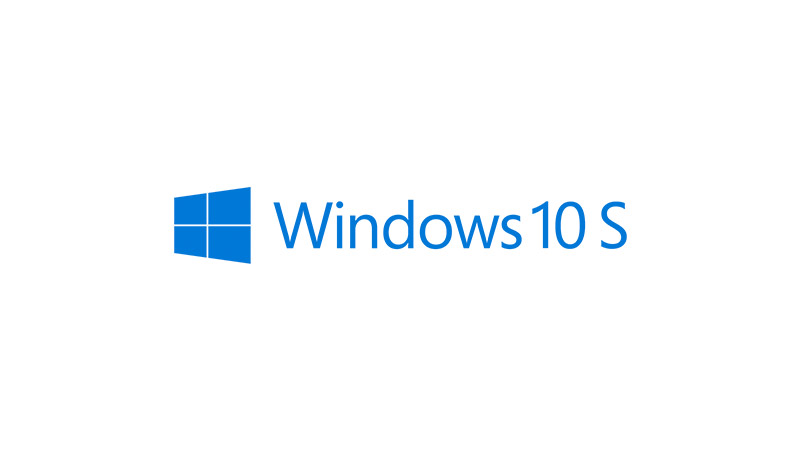Microsoft’s first Surface laptop was a colossal failure, in large part because it ran something called “Windows RT.” Windows RT was a version of the hugely unpopular Windows 8 operating system that couldn’t even run most Windows programs. (As I typed that sentence, I realized I still don’t even know how that got out of development.) It was stupid, stupid, stupid and by the way, it was stupid.
This was 2012, when the iPad was king and people were using the words “post-PC” a lot. Of course we all know what happened next. Microsoft sacked Windows RT and the unloved Windows 8 and developed an operating system that people were actually ok using. This meant that later versions of the Surface laptop were actually capable of doing things, and here in 2017 we have something practically unthinkable five years ago — people prefer Windows laptops to iPads. Why? Because they can run Windows programs.
So this obviously seems like the right time to come out with a new version of Windows that can’t run Windows programs.

That’s what Microsoft is announcing, again. Windows S is designed to be a version of Windows to compete with tablets and Chromebooks. It will be limited to only those apps that you can get in the Windows Store. So, no Chrome, no Photoshop, no Firefox, and there are roughly a million other things that won’t run on Windows S. Including, at least for now, Microsoft Office, but that will be fixed soon.
Microsoft says this is intended for education users and other people who currently use Chromebooks and tablets, which to be fair also don’t run Windows apps. I would also guess that it’s intended so that Microsoft doesn’t have to give a way a full version of Windows on 10″ and smaller devices. They’ve done that for years as a way to keep manufacturers happy, and so small Windows devices could compete with Android tablets. My guess is future small devices will run Windows S only.
Pardon me, but I just don’t see where this is going to make a huge impact. They keep talking about education use and I understand that some teachers are turning to Chromebooks to make them less hackable but those teachers who do stay with Windows do so because they need ACTUAL Windows. They need obsolete programs like Java and Flash because school districts are behind that way. They need to run programs that were written 20 years ago because that’s what they do. They need it because some school stuff still requires actual Internet Explorer.
Maybe some businesses will start using this on company laptops because people treat their work laptops like their home ones and put all sorts of crap on them. Then, IT people have to deal with it. But really, I think this is a dead end.
I see two things happening here. First, as I said Microsoft will stop putting a full version of Windows on anything smaller than 11″ which will probably kill that market. Second someone will come up with a downloadable virus or hack or call it what you will that lets people actually run real Windows programs (not just Windows Store apps) on Windows 10 S. It’ll be possible where it wasn’t possible on Windows RT because Windows RT actually used a different processor, where Windows 10 S is just a crippleware version of Windows that runs on pretty much anything. I expect the whole thing to go “thud” pretty quickly and be forgotten. No one wants a computer that does less.
Windows 10 S is also supposed to be more secure (because it doesn’t actually do anything) and start up faster (because it doesn’t actually do anything.) Chromebooks can run hundreds of thousands of Android apps, Windows 10 S can’t. Chromebooks, I hate to belabor the point, can run Chrome, which for all its bloat is still a better browser than Microsoft Edge (the only browser you can use on Windows 10 S.) Windows 10 S is looking increasingly like the answer to a question no one asked.
It’s also looking like Microsoft’s second attempt to blackmail major manufacturers into using the Windows Store, which for the most part hasn’t succeeded. Apple has an app store for its Mac computers and it has the same problem — as much as people want a single store for tablets and phones, when it comes to general productivity they want to go to different sites and download what they want. Microsoft thinks by creating a crippleware version of its operating system, it can force developers to put stuff on the Windows Store instead of selling it directly.
I’ll admit that I only have about a 50/50 shot at being right; when you look at some of my older predictions I’ve been wrong just as often, but I have to say that I actually hope Windows 10 S falls flat in the marketplace because I’m not ready to abandon 25 years of useful Windows software that, for the most part, still works. That’s what Microsoft wants, not what I want. And to be completely clear, I don’t care what Microsoft wants.





